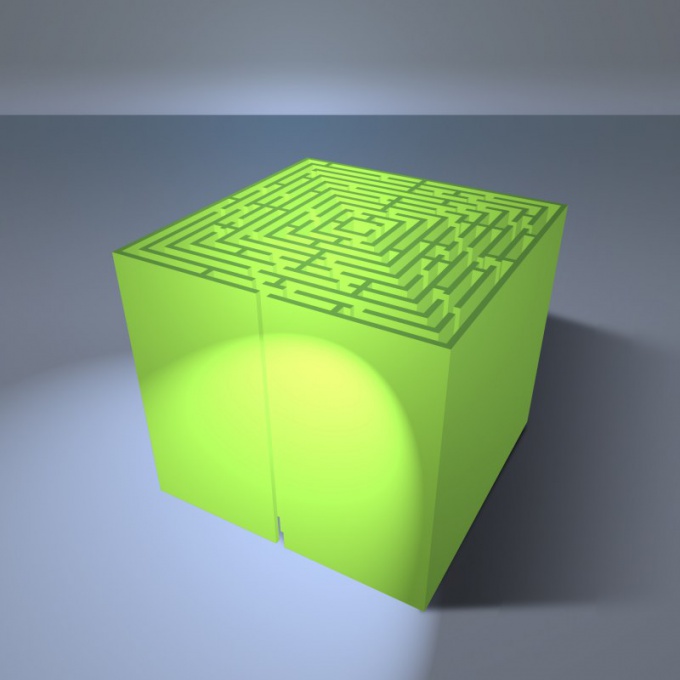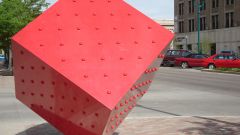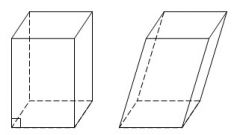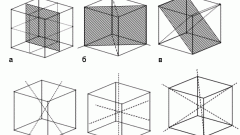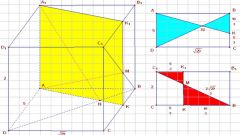Instruction
1
If the edge length of the cube (a) are known from the conditions of the problem, the formula for calculating the length of a diagonal edge (l) can be derived from the Pythagorean theorem. In the cube of any two adjacent edges form a right angle, so the triangle made of them and the diagonal facets, is rectangular. The ribs in this case are the legs and you need to calculate the length of the hypotenuse. According to the above mentioned theorem, it is equal to the square root of the sum of the squares of the lengths of the legs, and as in this case they have the same dimensions, simply multiply the edge length by the square root of two: l = √(a2+a2) = √(2*a2) = a*√2.
2
The area of a square can also be expressed through the length of the diagonal, and since each face of the cube is just such a form, knowledge of the area of the verge (s) is sufficient to compute its diagonal (l). The area of each side surface of the cube is equal to the squared length of the edges, so the side of the square face can be expressed through it as √s. Substitute this value into the formula from the previous step: l = √s*√2 = √(2*s).
3
The cube is made up of six faces of identical shape, therefore, if the conditions of the problem given the total surface area (S), for calculating the diagonal side (l) is enough to slightly change the formula of the previous step. Replace it the area of one face of one-sixth of the total area: l = √(2*S/6) = √(S/3).
4
The edge length of a cube can be expressed in the volume of this shape (V) and this allows the formula for calculating the length of a diagonal edge (l) from the first step to use and in this case, by making some amendments. The volume of such a polyhedron is equal to the third degree of length edges, so replace in the formula the length of the side faces of the cubic root of the volume: l = 3√V*√2.
5
Radius circumscribed about the cube of the sphere (R) is associated with the edge length ratio is equal to half the square root of three. Express the direction of the edge using the radius and the substitute expression in the same formula, calculate the length of the diagonal faces of first step: l = R*2/√3*√2 = R*√8/√3.
6
The formula for calculating the diagonal side (l) using the radius of the inscribed cube of the sphere (r) will be even easier, since the radius is half the length of the fin: l = 2*r*√2 = r*√8.
